Cultural Travel Highlights in Wind River Country
After your Yellowstone/Grand Teton vacation, you’ll hit the road and wish you weren’t getting closer to home with each mile. Plan to slow down a little and soak up as much of Wyoming as you can. Wind River Country holds the state’s only Native American Reservation, has surprising Scandinavian history, and still features ruts from the Oregon, Mormon, and California Pioneer Trails. Take Highway 26 east from Moran Junction (the south gate out of Yellowstone) for a culturally rich, scenic route through the Rockies to Tetons region of Wyoming.
South or East?
Will you head south to Lander and South Pass City on day three, setting up a drive to southwest Wyoming or Utah? Or will you turn east to visit Shoshoni and Boysen Reservoir on your way to Casper, Cheyenne, or Colorado? Check out both options, then pack up for a true Wyoming road trip.
Day One: Dubois
Wyoming Centennial Scenic Byway
Togwotee Pass Scenic Overlook is one of the many breathtaking stops on the Centennial Scenic Byway. About 15 miles east of Moran Junction on Hwy 26, and 11 miles before cresting the Continental Divide over the Rocky Mountains, you’ll get a parting look at the Teton Mountains. Turn left into the scenic overlook parking area, which looks down into the Bridger-Teton National Forest Wilderness and offers breathtaking views. Consider the history of this mountain pass, originally used by First Peoples and eventually becoming an early tourism route to Yellowstone, the country’s first national park.
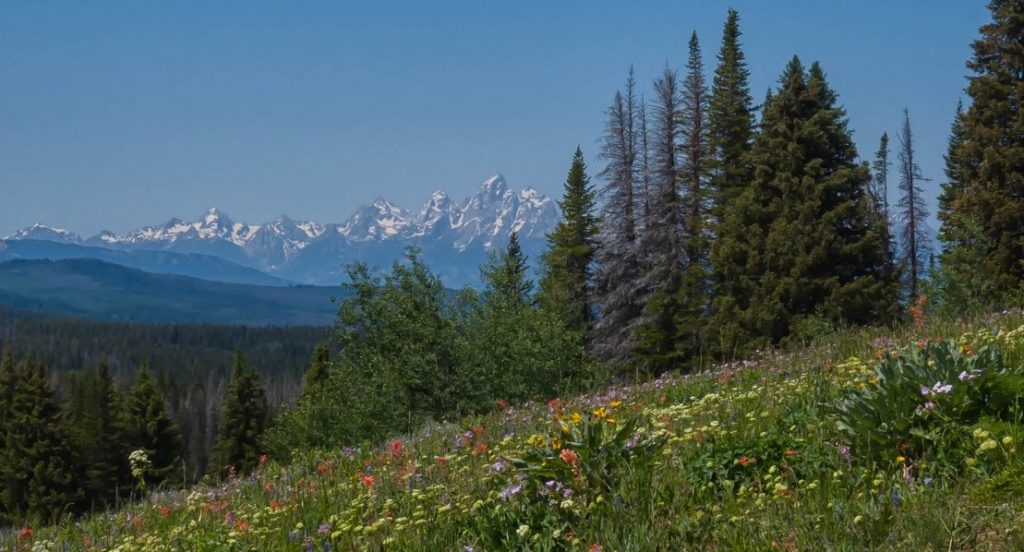
Tie Hack Memorial
About 37 miles from Moran Junction, pull over to check out the Tie Hack Memorial, erected in honor of the people who helped build the railroads across America. Many of the railroad ties that reached across the West originated in the forests outside of the town of Dubois. Learn about the Scandinavian men who did this work, called tie hacks, and the role they played in American, Wyoming, and Dubois history. Then continue down highway 26 to get to know the town of Dubois.
Dubois (Moran Junction to Dubois: 1 hour)
Check in to one of the comfortable Western themed lodging options, then head out to learn a little about the town that was honored for being one of the West’s best preserved towns by the True West Magazine in 2017.
Dubois Museum
Explore the history of the upper Wind River Country and the ancient Sheepeater Indians, mountain men, tie hacks, and historic dude ranches in what may be the most adorable and impressive little museum you’ll ever enter. It’s part of the visitor complex that also houses the National Bighorn Sheep Interpretive Center, the Headwaters Center, a shaded town park, and a pedestrian path along the Wind River. If you arrive in the fall, National Bighorn Sheep Center staff may be able to take you on a guided wildlife tour during their rut season to spot the biggest wintering herd of bighorns in the Lower 48.
Cowboy Café
After filling up on knowledge about Dubois history and wildlife, fill up on burgers and pie at the Cowboy Café.
Dubois Events
Dubois has fewer than 1,000 residents and more than 60 nonprofit organizations. The number of community events that fill this town’s schedule will warm your heart. Check their calendar to see what’s happening while you’re in town (tip: shoot for a Tuesday night so you can join in the square dancing at the Rustic Pine Tavern, a local watering hole!).
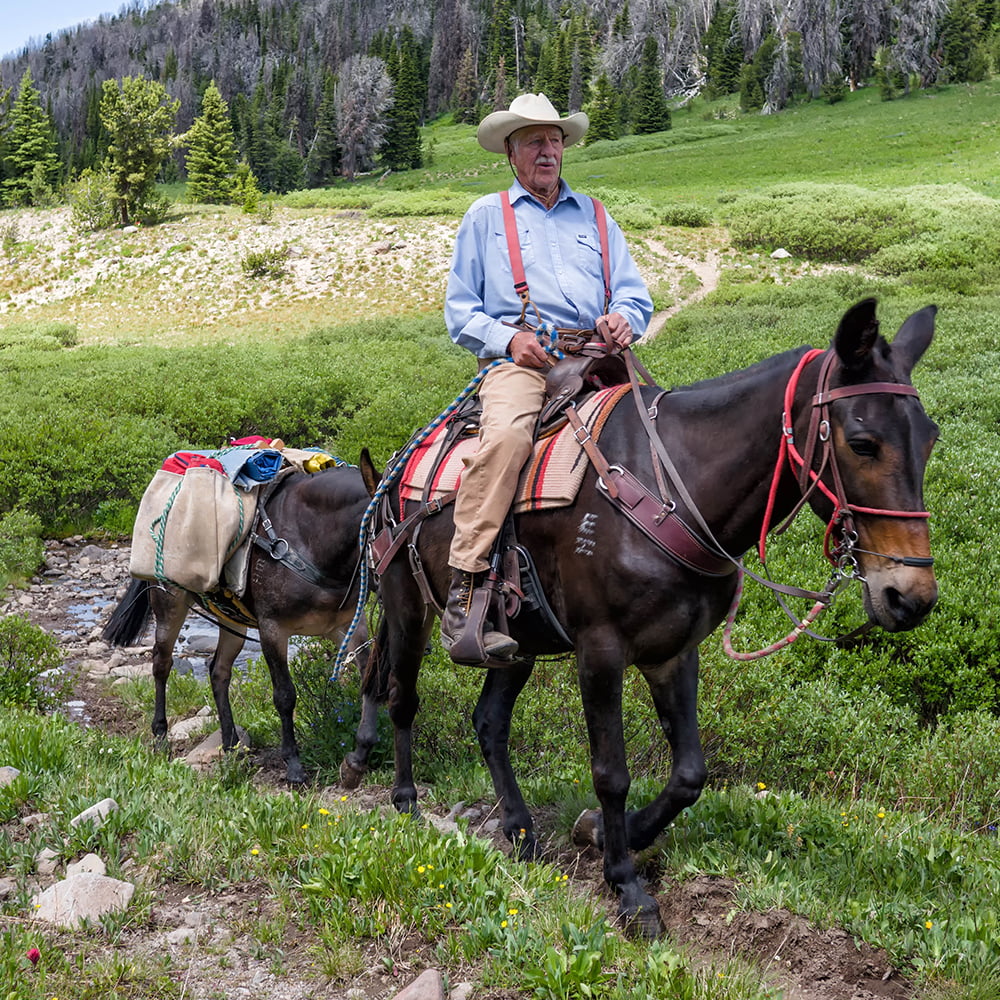
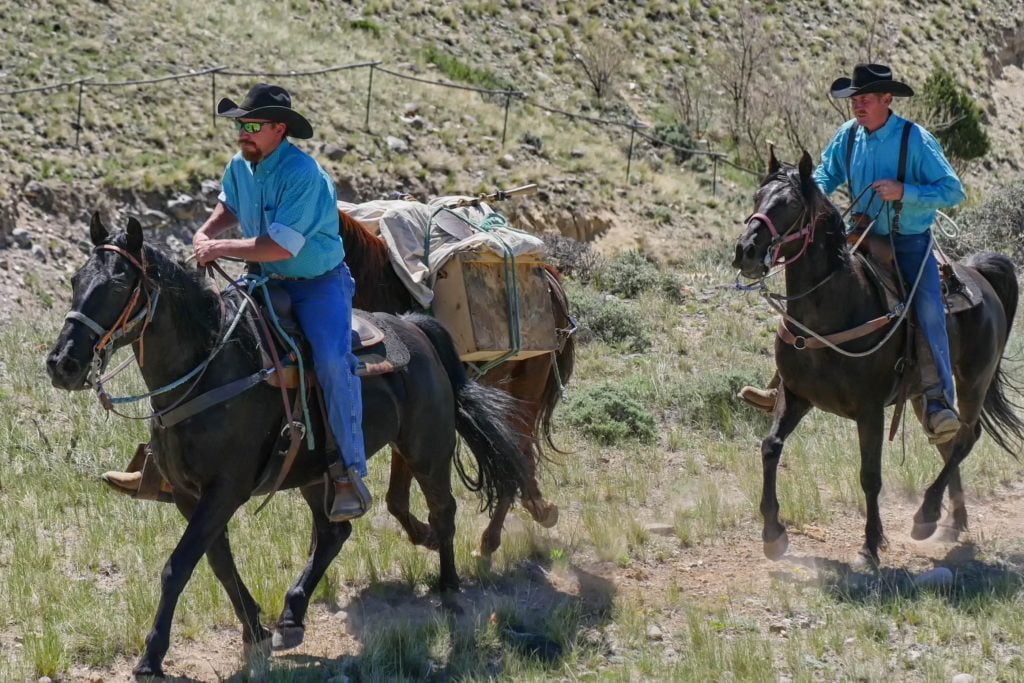
THE LONE BUFFALO STEAKHOUSE
Dinner at The Lone Buffalo will set the tone for your Wyoming vacation, and you’ll continue to reminisce about the meal long after you leave.
THE PERCH
Pick up breakfast at The Perch before strolling downtown and picking up a souvenir or two at the art galleries, western shops and more. You might get to hear some tunes from Monte Baker on the Main Street piano while you shop.
Day Two: Crowheart, Wind River Reservation, and Riverton
Crowheart (Dubois to Crowheart: 30 minutes)
Head out of Dubois, continuing southeast on Hwy. 26. About 30 miles from town, you’ll reach the town of Crowheart. This village of 141 souls, located on the outer edges of the Wind River Indian Reservation, typically hosts one big event each September: The Festival of the Cowboys. Whether you’re in town for the festival or not, make a point of stopping in at the character-rich Crowheart Store. You’ll find Native American beadwork by locals, tack for your next horseback ride, snacks for the road, old-timey post-office boxes, and many more treasures you might not find anywhere else.
Crowheart Butte Pullout, Crowheart
A few miles beyond Crowheart, you’ll see a historic pullout with an interpretive display explaining the history of the sole butte rising out of the plains ahead of you. Many variations of the story have been told over the generations, but it is generally agreed that a battle between the Shoshone tribe under Chief Washakie and the Crow tribe took place at this landmark in 1866. The tribes fought a long battle until the chiefs agreed to a duel to determine the outcome. The victory went to the Shoshone and affirmed their hunting grounds. Crowheart Butte was so named in memory of that event.
Riverton (Dubois to Riverton: 1.25 hours)
Upon reaching Riverton, check into the lodging option that best suits your interest for a comfortable stay.
1838 Mountain Man Rendezvous Site
After your time on the road, you’ll want to move a little, so head to the 1838 Mountain Man Rendezvous Site. Every July, you can attend the 1838 Mountain Man Rendezvous here to relive the days when mountain men, traders, and Native Americans met to trade pelts for supplies. Riverton’s is the only re-enactment of the annual gathering that takes place on the original historic site. You will be walking the same ground as Jim Bridger, Kit Carson, and Moses “Black” Harris, to name a few. The grounds are open to pedestrians year-round, and you can read the displays and imagine history as you walk through the trees and along the river.
Riverton Museum
Now that you’re in a new town for a night, you’ll want to get to know more about the place. The Riverton Museum collects, preserves and interprets artifacts that have a direct association with Riverton history, eastern Fremont County communities, the Eastern Shoshone peoples, the Northern Arapaho peoples, and regional history as it relates to Fremont County.
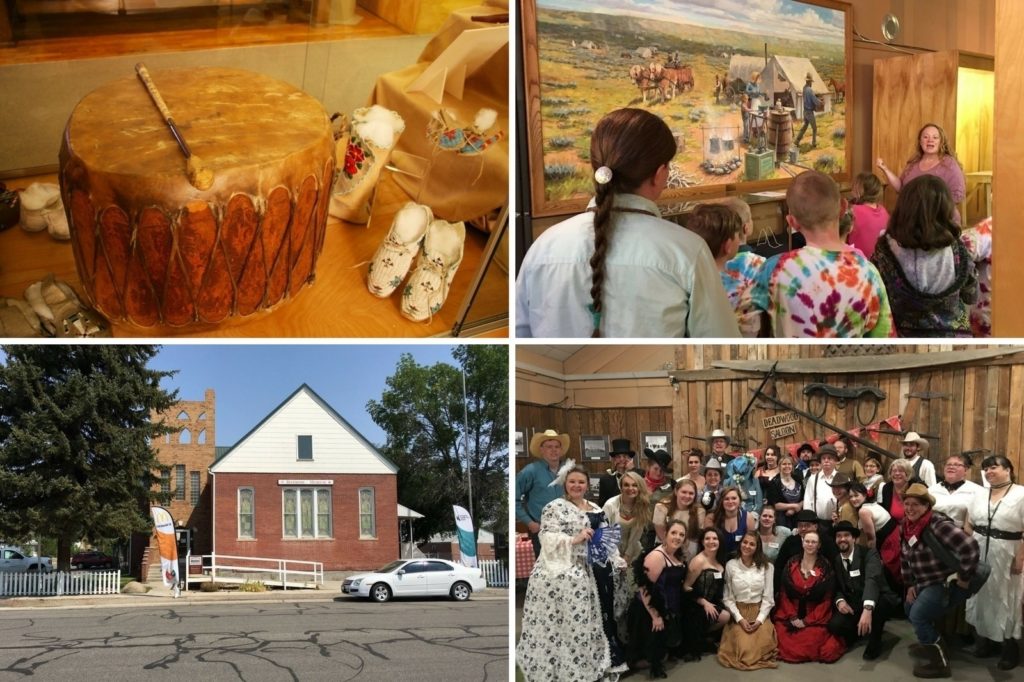
Trailhead Restaurant
Lunch at this restaurant features local beef, heaping burgers, and the comfort of a favorite local café (count the cowboy hats you see here). Fill up, because you have a full afternoon ahead.
Downtown Riverton
Riverton is a great place to pick up a souvenir of your time in Wind River Country. Shop the art, books, and local gems (literally, gems. Don’t miss Rock Solid lapidary) of Wind River Country and get to know the locals who make Riverton what it is.
Native American Dance Exhibition, Wind River Hotel & Casino
If you’re in town on a summer Tuesday night, swing by the Wind River Hotel and Casino for a memorable Native American song and dance performance. Learn about and watch traditional Native American Indian dances performed in full regalia to the powerful sounds of singers and their drums.
Northern Arapaho Experience Room, Wind River Hotel & Casino
Whether you get to see the dance exhibition or not, visit the Wind River Experience Room for a cultural perspective on the history and lives of the Arapaho people. Most of the time, there is a tribal elder on site to tell stories and answer questions.
Red Willow Restaurant
Enjoy dinner at one of the restaurants in the Wind River Hotel and Casino. The Red Willow is a real treat, and it features a few Native American dishes to stay in the cultural theme of your evening.
Eastern Route, Day Three: Boysen State Park and town of Shoshoni
Cowboy Café, Riverton
Enjoy breakfast at the Cowboy Café (yes, there is one in Dubois and a second in Riverton) if you’d like to try an omelet made with wildlife sausage or simply take home a pie with you. You have a little extra time, so check out anything you didn’t have time for in Riverton, then depart from Riverton to the northeast on Hwy 26.
Boysen State Park and Reservoir (Riverton to Boysen Reservoir: 20 minutes)
Make sure you have sunscreen ready, then head out for Boysen Reservoir and Boysen State Park. This reservoir juxtaposes mountain desert with miles of deep, blue water. Whether you explore the shores, the depths, or the sand, you’ll have a grand adventure to punctuate your Wyoming travels.
You have the option of overnighting in a beautiful campsite in the state park or hitting the road after a micro-adventure, but don’t miss making a stop in Shoshoni either way.
Shoshoni (Riverton to Shoshoni: 25 minutes)
The town of Shoshoni has a unique historical marker for the 2018 total solar eclipse that swept across the nation. Fill up on cultural (or is it mythical?) landmarks, then pick up a philly cheese steak, and head home.
From Shoshoni, you’ll head east toward Casper on Hwy 26, whether that’s your next destination or you’re headed farther on.
Southern Route, Day Three: Lander
Cowboy Café (Yes, there’s another one in Riverton!)
You’ll love the experience of breakfast at the Cowboy Café, particularly if you’d like to try an omelet made with wildlife sausage or take home a pie.
Wind River Wild Horse Sanctuary (Riverton to Wind River Wild Horse Sanctuary: 30 minutes)
Hit the road (Hwy 138, then 137, then Plunkett Road, to be precise) for the Wind River Wild Horse Sanctuary on the Wind River Indian Reservation. It is one of just three such eco-sanctuaries in the nation and the only one on a Native American reservation. Soak up information about Native American horse culture in the visitor center before embarking on a tour to visit the wild mustangs who get to call this place home for the rest of their lives.
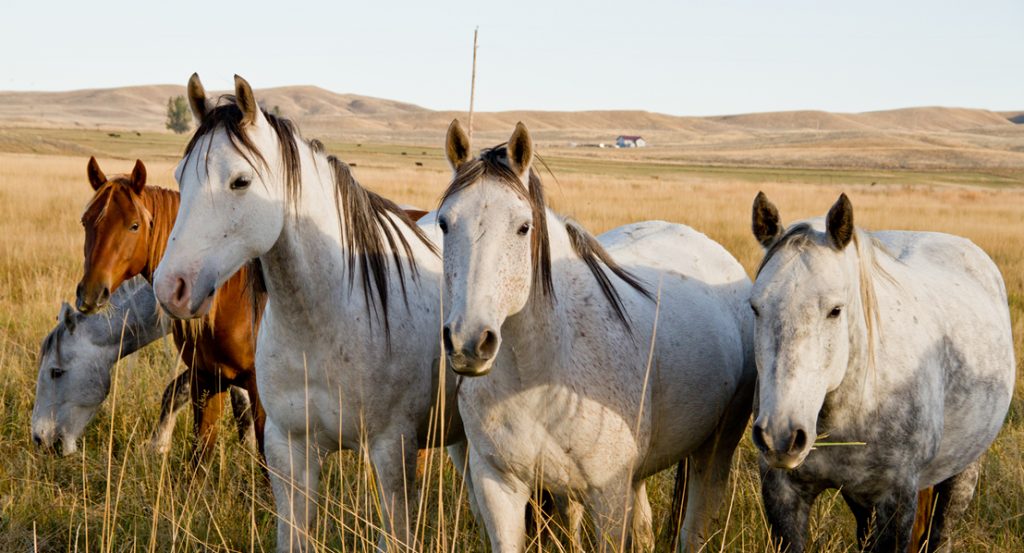
Deka-Guy Hee Restaurant (Sanctuary to Deka-Guy Hee: 5 minutes)
On your way into Lander on Hwy 287 south, stop at the Shoshone Rose Casino & Hotel for lunch. The menu at Deka-Guy Hee (Shoshone for The Eating House) features Native American dishes, as well as modern American cuisine.
Lander Museum Complex (Wind River Wild Horse Sanctuary to Lander: 15 minutes)
After you eat, continue on Hwy 287. As you enter Lander, you’ll be greeted by the Museum of the American West and the Fremont County Pioneer Museum on your right. The former is an outdoor layout of historical buildings and displays. The latter is a sizeable building, and it even houses handcuffs that once held Butch Cassidy.
Native American Dance exhibition
The Museum of the American West is also where the Eagle Spirit Dancers put on a dance exhibition every Wednesday night during the summer. Ant the end of the performance, you’ll be invited to join in a friendship dance and take photos with the dancers.
Downtown Lander
Historic downtown Lander has a lot of character in its stores, museums, restaurants, and art centers where you can get a good sense of the town and pick up a souvenir.
Cowfish Restaurant
Enjoy a rich dinner and a locally brewed beer at this restaurant in the heart of historic downtown.
Southern Route, Day Four: South Pass City State Historic Site
The Crux Cafe
Pick up a breakfast burrito or sit down to dig into a cinnamon roll the size of your face at this café operated by one of just two four-year universities in the state.
Sinks Canyon State Park
In Sinks Canyon State Park, the Popo Agie River disappears into a cavern and rises back to the surface down-canyon. In addition to this geologic wonder, the park is full of natural and human history waiting for you to explore it.

South Pass City Historic Site (Lander to South Pass City: 40 minutes)
South Pass City turned 150 years in the summer of 2018. This city boomed to life when gold was found there, then went through several bust cycles before finally becoming a ghost town. However, it is beautifully preserved, down to the Carissa Gold Mine, which you can tour with a guide. Walk the interpretive trails, sip sarsaparilla in the saloon, and pan for gold to take home a sparkling memory with you. To get here, take Hwy 28 south out of town and watch for the signs for South Pass City State Historic Site.
From South Pass City, you’ll continue on Hwy 28 south over South Pass (the route taken by the Oregon, California, and Mormon Trails over the Rocky Mountains) toward I-80 to take you to your next stop on the Rockies to Tetons route or home. Just remember, there is an entire leg of this tour you didn’t get to see, so a return trip might be in order.